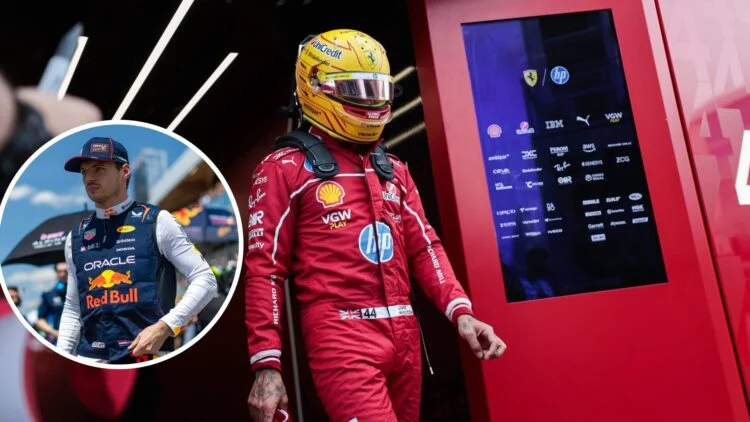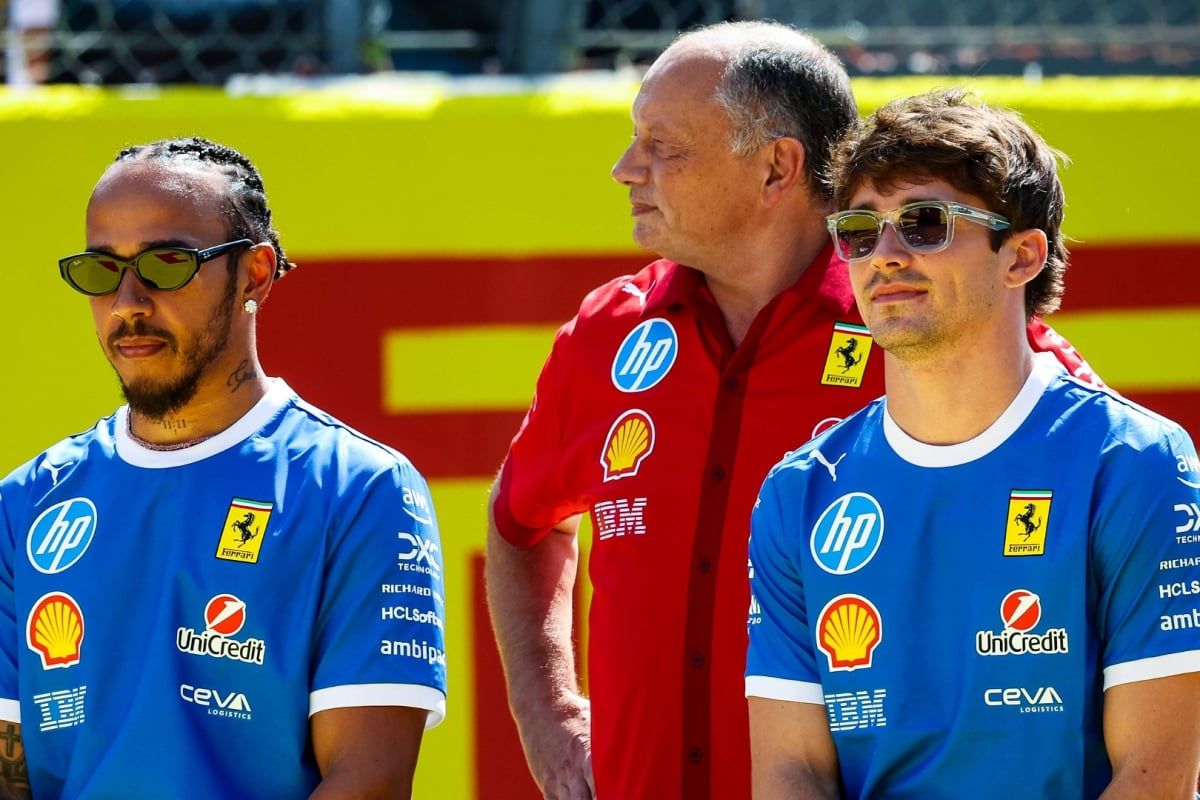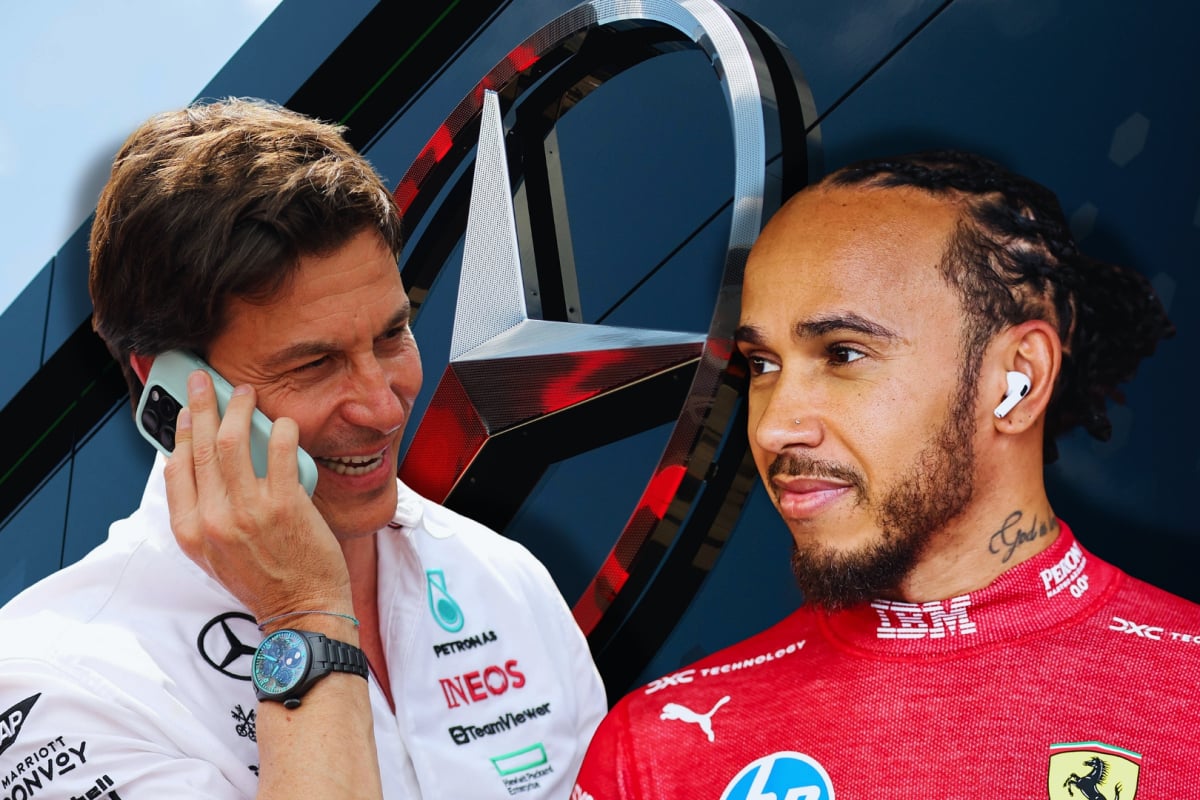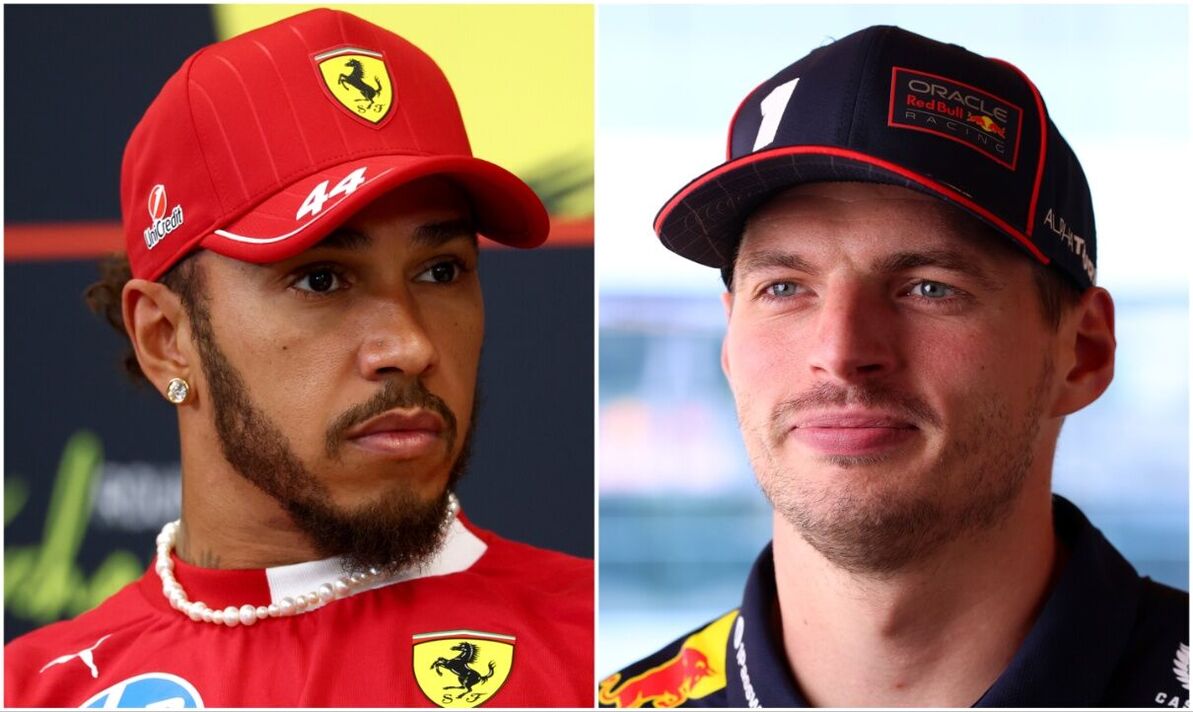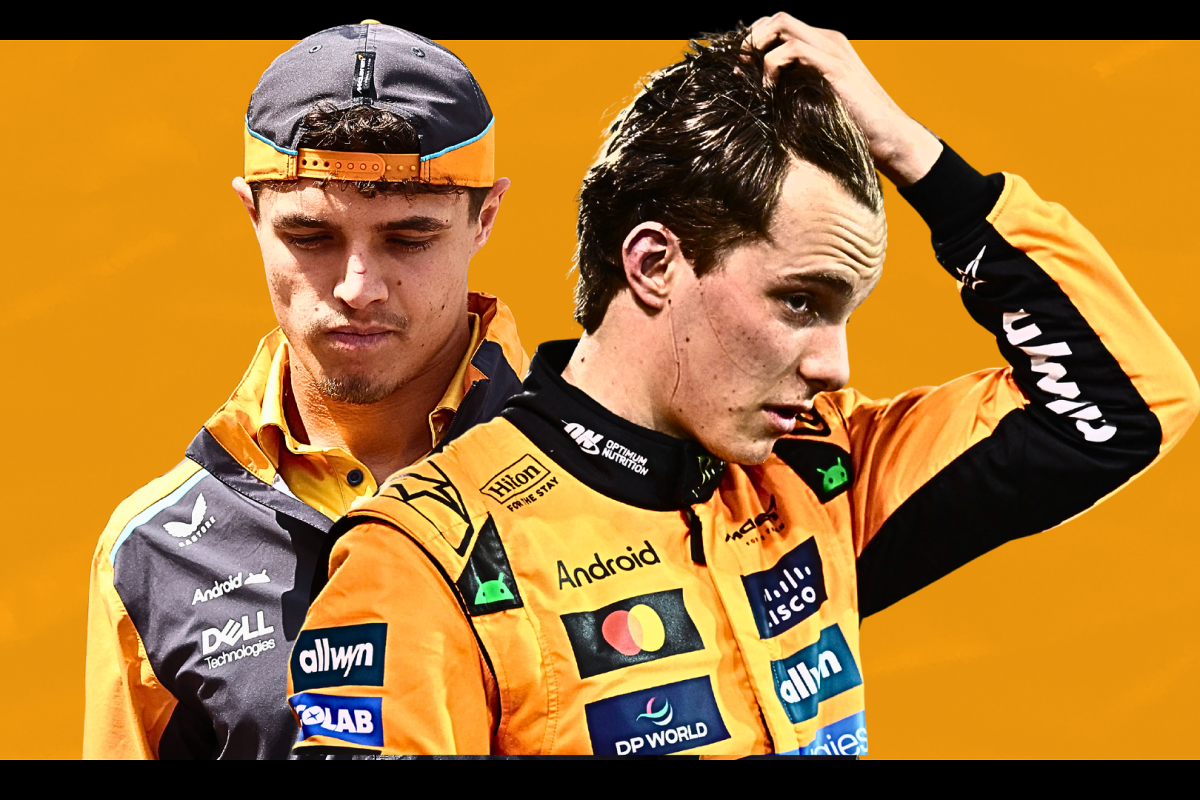How Ferrari’s Engineering Shortfalls Are Exposing H…read more
Lewis Hamilton’s candid remarks regarding his disagreements with Ferrari engineers highlight a crucial difference in approach between the Scuderia and Red Bull Racing, potentially revealing a key element in Max Verstappen’s recent dominance. Hamilton’s comments, though not explicitly comparing the two teams, paint a picture of a fundamental divergence in engineering philosophy that seems to correlate directly with the contrasting fortunes of the two drivers.
The Canadian Grand Prix served as a backdrop for Hamilton’s statements, hinting at a disconnect between his expectations and the solutions proposed by Ferrari’s technical staff. He alluded to differing perspectives on crucial aspects of car setup and performance optimization, suggesting a fundamental clash in how the team approaches problem-solving. This implies a lack of seamless communication and a potential gap in understanding between the driver and engineers, a critical component of a successful on-track partnership.
This divergence in perspectives isn’t isolated to Hamilton’s experience. The broader context surrounding Ferrari’s struggles in recent seasons points towards a possible systemic issue within the team’s engineering department. While precise details of the disagreements are unavailable, the implication is that Ferrari’s approach may not be as adaptive or closely attuned to the nuances of driver input as Red Bull’s.
Red Bull’s success, on the other hand, consistently emphasizes a deep understanding and integration of driver feedback. Max Verstappen’s exceptional results demonstrate a clear synergy between driver and engineers, a symbiotic relationship where input from the cockpit is valued and implemented effectively. This iterative process, with continuous adjustments based on real-time feedback, likely plays a vital role in fine-tuning the car to the driver’s specific strengths and preferences. This is not to say that all teams don’t value driver input, but Red Bull seems to have perfected the art of incorporating it into their design process.
A key aspect of this apparent disparity lies in the technical communication channels. Does Ferrari’s communication structure allow for a flow of information that bridges the gap between the driver’s on-track experience and the engineers’ theoretical understanding? The success of Red Bull could suggest that their processes encourage open dialogue, facilitating a two-way exchange of ideas between the cockpit and the garage. This dynamic enables engineers to more effectively interpret and integrate the driver’s observations, leading to rapid and effective adjustments in the car’s setup.
Ferrari, conversely, may be struggling with this critical feedback loop. The inability to accurately translate on-track observations into tangible adjustments could lead to a less optimized car setup, impacting the driver’s performance and potentially affecting race outcomes. This could stem from various factors, including differing priorities in the development process, insufficient emphasis on driver feedback, or even cultural differences in the team’s approach to communication.
Furthermore, the evolving nature of Formula 1 technology necessitates a fluid and adaptable approach to problem-solving. Teams that can rapidly adjust to changing conditions, incorporate driver feedback into their strategies, and implement the best solutions often come out on top. Hamilton’s experience suggests that Ferrari might be lagging in this dynamic adaptation, which could be a significant contributing factor to their recent struggles compared to Red Bull’s consistent performance.
It’s important to emphasize that this analysis is based on limited information. The precise nature of Hamilton’s disagreements with Ferrari engineers remains undisclosed. However, the general trend observed points to a crucial difference in how the two teams approach the integration of driver input into the engineering process. If Ferrari can address the communication and feedback issues highlighted by Hamilton, and adapt their approach to emphasize a tighter connection between driver and engineer, it could potentially turn the tide in their favor and bring them closer to the top of the Formula 1 hierarchy. The Canadian Grand Prix, while a single event, could signal a turning point in Ferrari’s approach, one that demands a fundamental shift in their philosophy.
